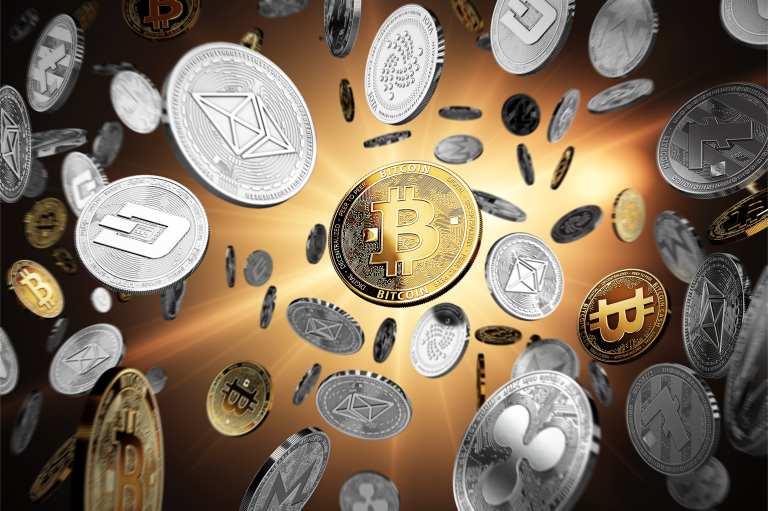
The past several months have seen bitcoin perhaps overshadowed (just a bit) by any number of large-scale efforts to bring digital coins to mainstream society.
Chief among those efforts, of course, has been the (continuing) news that China is set to launch a nationalized digital version of the yuan. Libra, of course, lingers, as a cryptocurrency project that may (or may not) get off the ground via consortium effort.
Now comes an existential question by Deutsche Bank — as asked in a research report from the bank titled “Imagine 2030: The Decade Ahead,” which offers a number of contrarian ideas.
Among those ideas is this one: “Will fiat currencies survive the policy dilemma that authorities will experience as they try to balance higher yields with record levels of debt? That’s the multi-trillion dollar (or bitcoin) question for the decade ahead.”
According to the paper, authored by Deutsche Bank strategist Jim Reid, the “forces that hold the fiat money system together look fragile,” and over the next decade demand for alternative currencies, “from gold to crypto, could take off.”
To which we offer a resounding … maybe. But that maybe is based on a few assumptions that may prove, well … generous.
The research cites low labor costs and inflation as key drivers behind the weakening of the fiat system. And against that backdrop, while regulatory hurdles are in place for crypto at the moment, there is the increased profile of cryptos, through private and public efforts — and what Deutsche termed “the incentives of governments and card providers are such that digital currencies are inevitable.”
The report projected that — assuming governments back cryptocurrencies, and that consumers want those same cryptos — there would be 200 million blockchain wallet users in 2030.
The ripple effect implied is one that would wipe out fiat, which has been a medium of exchange for centuries.
Beyond the government embrace, wrote Reid, there must be global reach in the payment market, which means alliances must be forged with what the report termed “key stakeholders — mobile apps such as Apple Pay, Google Pay, card providers such as Visa and Mastercard, and retailers, such as Amazon and Walmart. If these challenges can be overcome, the eventual future of cash is at risk.”
All of this boils down to a lot of moving parts.
We note that beyond the ambivalence of at least some central banks to sign on — the U.S. has seen no need (in the words of Treasury Secretary Steve Mnuchin) to issue digital dollars — it would seem that a universal embrace is a ways off. In addition, banks that would be a conduit to consumers holding cryptos, such as Goldman, and several exchanges, have pulled back on previously robust plans.
As for the idea that cryptos bring financial services to the estimated 1.7 billion unbanked individuals across the globe? Consider the fact that, as noted by Karen Webster, writing about Libra, a World Bank study has estimated that between 2014 and 2017, 515 million people gained access to an account at a bank, a mobile money account with a telco or other third party.
“That means that 69 percent of the world’s population now has a bank account or something similar, up from 62 percent in 2014 and 51 percent in 2011. Sixty-three percent of people living in developing economies have access to a bank account of some kind now, too,” she wrote.
In other words, fiat, rendered through digital means (and of course, coins and paper) is rather healthy, serving the needs for which it was designed. Cryptos? Perhaps they might be described as a solutions looking for problems, to justify them beyond their (current) speculative state.